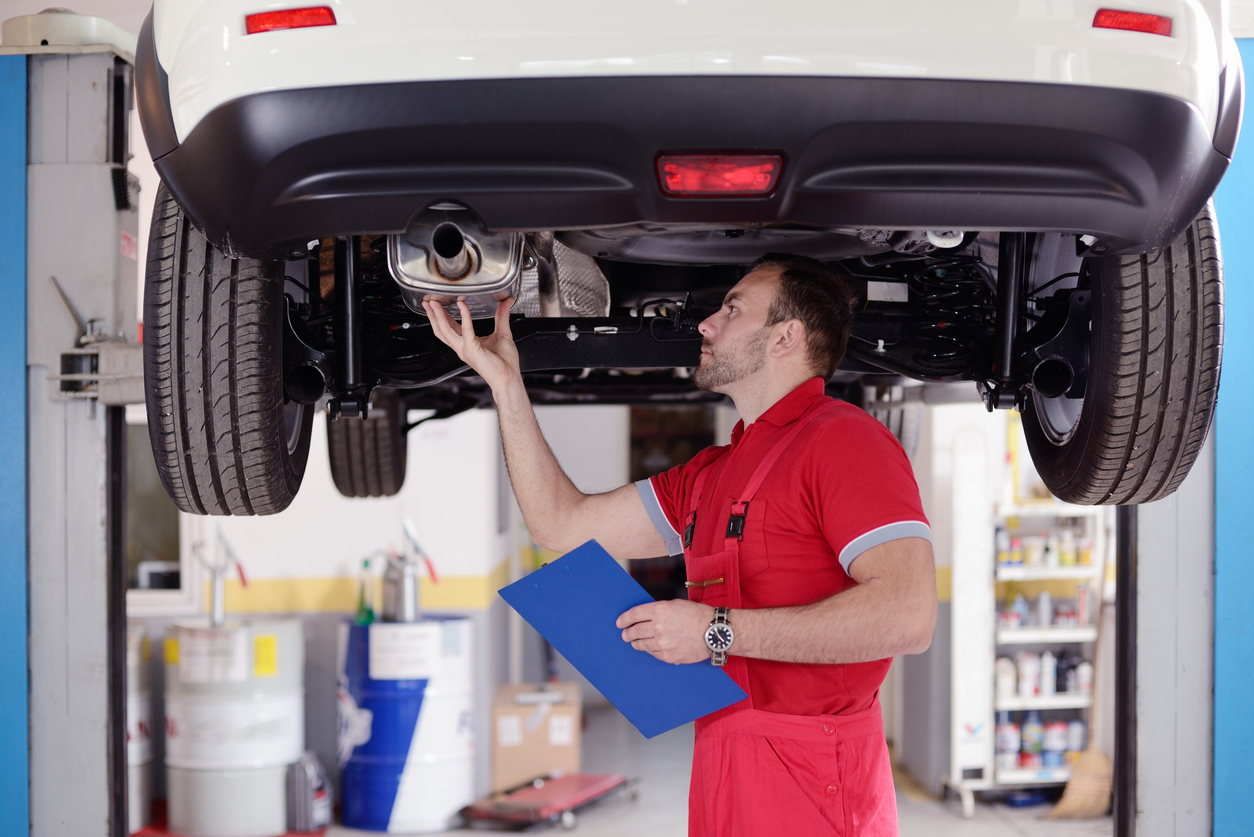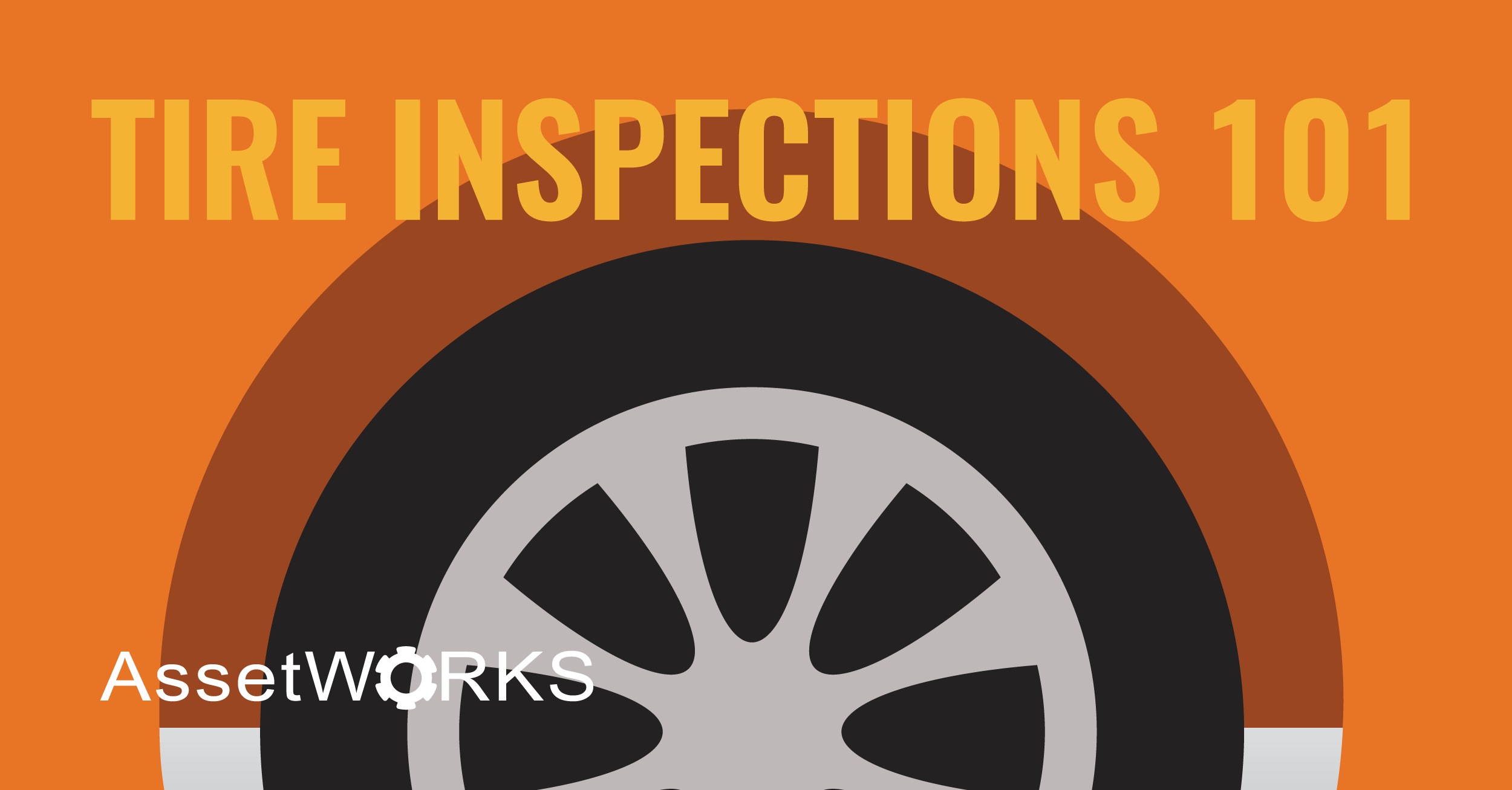Upgrading can be an overwhelming experience for many – but, like with many things, procrastination can only make things worse. Concerns about software upgrades can exponentially increase the longer you put it off. As with most enterprise software solutions, end-of-life dates are inevitable.
Below are 3 reasons why prolonging the inevitable makes it more overwhelming than it should be:

1. Each major version release of software upgrades consists of hundreds to thousands of modifications.
For organizations that upgrade multiple versions at one time and experience all of these new changes for the first time at once, it can be overwhelming to the end-users. Imagine if overnight one of the software programs you used and relied on was upgraded and changed dramatically to the point you had to learn all the new features and modifications on-the-fly. Your perception of upgrades would not be very positive anymore, would it? Future requirements of upgrades could be met with more resistance from within your organization.
You may face the reality of increased training becoming necessary to learn all of the new features. Some of these modifications can change the look and feel of screens and, though will be an asset to the user over time, the initial period of getting comfortable with the new features is prolonged when compared to an upgrade regiment where upgrades are done on a regular basis.
2. Not only does your software eventually have an end-of-life date, but so does all the supporting software.
Windows operating system (OS) has an end-of-life date. Relational Database Management Systems (RDBMS) have their end-of-life dates as well.
Organizations that don’t upgrade regularly can run into issues where one or more of the supporting underlying applications is no longer supported and you are forced to upgrade. The version of that application you are intending to upgrade to may have been released before the release of the AssetWorks software you are currently using and thus not supported on the new RDBMS or OS. At this point, you would need to also upgrade your AssetWorks application to satisfy its prerequisites.
3. The more changes to the application and supporting environment the more complex troubleshooting becomes if or when an issue arises.
Performance issues occasionally arise after an upgrade. The root cause(s) of the issues could be several things. One of the first questions asked when troubleshooting a degradation of performance is “What changed?”
For those organizations that keep up-to-date on upgrades, the only change may have been an upgrade of the application. For those who upgrade multiple versions at one time, the changes could entail not only the upgrade of the application but also a new RDBMS version, OS version, or potentially an entirely new server. The areas of the environment that have to be reviewed now have increased dramatically and can slow down the resolution time.
Taking control of (and having a documented game plan for) upgrades can drastically change the perception of upgrades. Taking into account the issues listed above that can arise from delaying upgrading may allow you to take on a project that could be overwhelming to underwhelming.












